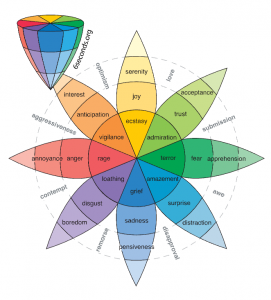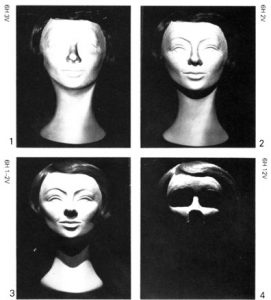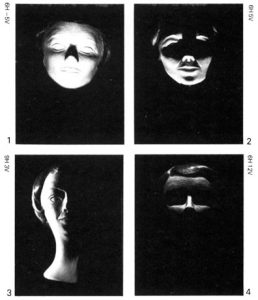Blog Task 3 Part A
BLOG POST A
Aesthetics and effect with lighting
We have all watched Movies, T.V, Cartoons, 3d animations and have played computers games in some sort or another over the years and have seen architectural lighting in buildings houses and scenic views when driving.
Setting mood with lighting is something that is most important in making up any of the above-mentioned areas this adds to the aesthetics of the surroundings being filmed or viewed by people either walking driving or watching T.V.
Without lighting design tv shows and theatre these mentioned media’s would be boring buildings would look Dull from the outside and inside, Lighting is designed for special reasons of course to light a dark room but also to set moods make lines pop on buildings make a person look scary or happy through setting moods of a scene in a movie or whether it be a cold scene through to a scary or happy scene.
Lighting position, Lighting Angle, Lighting Direction, Colour and Intensity is used to set mood and make things pop in a scene. Compared to normal conventional lighting designed to just light a room or driveway or table with a desk lamp for e.g., Lighting is used to make composition, set emphasis, make separation, give depth add graphic effect and most of all set mood.
I have chosen for this blog picking a mood from the Plutchik’s wheel of emotions being anger, terror

Photo from Plutchik’s Wheel of Emotions: Feelings Wheel • Six Seconds (6seconds.org)
Setting mood consists of a few things
World settings
Character mood
What is the characters inner emotional state?
Audience experience
How will the audience perceive the character?
Conditions
Time of day, weather etc?
Lighting character interaction
How we treat the light for the character within a story,
Would the character invite sunlight into a room or does it come from around the edges of the room to create a dark musty room
Connection to surroundings
Does the lighting isolate the character
Is character surrounded by light with glowing bright characters for interaction
Or is character set with anonymous characters / figures to set the look of alone and alienation.
The Story’s Arc
How are the scenes progressions to be set and augmented.
Setting Mood
Creating mood on a character’s face is done by lighting angle moving it to a set angle to create the face to pop or to make the face dark and evil by back lighting and up-lighting or front can set many moods in the Plutchik’s wheel of emotion. In conjunction with the picture below you can set up any mood you require from happiness through to anger and sadness.
- Lamp near camera, FACE model is not pronounced.
- As you raise the lamp to a slightly to a higher angle, shadows grow longer in a downward direction features of the face become pronounced (eyes, nose, chin, cheekbones)
- Using double exposure technique with 2 lights the nose shadow grows slightly and the chin shadow spreads to the neck as the lighting angle increases.
- When the shadows lengthen on a downward angle, they ‘age’ a person progressively. If something has a plump or lesser features, their appearance may not change much at all, even with a very steep lighting angle. But if a person or character was to have an angular with strong facial contours (for e.g., deep set eyes), the modeling soon appears crude and harsh, lastly a very high and steep angle, the character/person’s head becomes skull-like.

photo from Millerson, G. 2013 Lighting for TV and film, 3rd Edition
Finally, Mood Horror, Terror, Rage, Anger.
- Using an under light give uncanny horrific situations on looks
- when the underlighting is steeply angled, eyes become shadowed, face becomes like a mask. And the hand movements will and can cast shadows on the face. Adding to the feel of the mood.
- using some side lighting will bisect the face to create a strong coarse modeling of the characters face.
- once you add the lite from overhead, the characters head will become modeled and skull-like on a crude level.

photo from Millerson, G. 2013 Lighting for TV and film, 3rd Edition
Adding this technique to Film, T.V, Theatre, game design all can set moods from happy through too Anger, Rage, Terror. Using these techniques adds to the aesthetics of a film, game, helping a flat screen show depth on a 2d plane. In theatre it helps the stage pop and characters come to life. Same with film tv and 3d animations. So, using lighting for aesthetics can deepen emotional impact with the interaction of people and a building or even in media use for T.V, Cinema, Theatre, Concerts and Games it is very important to be able to create an emotional impact with lighting
References
Six SecondsSix Seconds supports people to create positive change – everywhere… all the time. Founded in 1997 (2022) Plutchik’s wheel of emotions: Feelings wheel, Six Seconds. Available at: https://www.6seconds.org/2022/03/13/plutchik-wheel-emotions/ (Accessed: November 18, 2022).
photos
Millerson, G. (2013) Lighting for TV and film, 3rd Edition, O’Reilly Online Learning. Routledge. Available at: https://learning.oreilly.com/library/view/lighting-for-tv/9780240515823/011_9780080573496_ch5.html#ch5.1.8 (Accessed: November 18, 2022).
